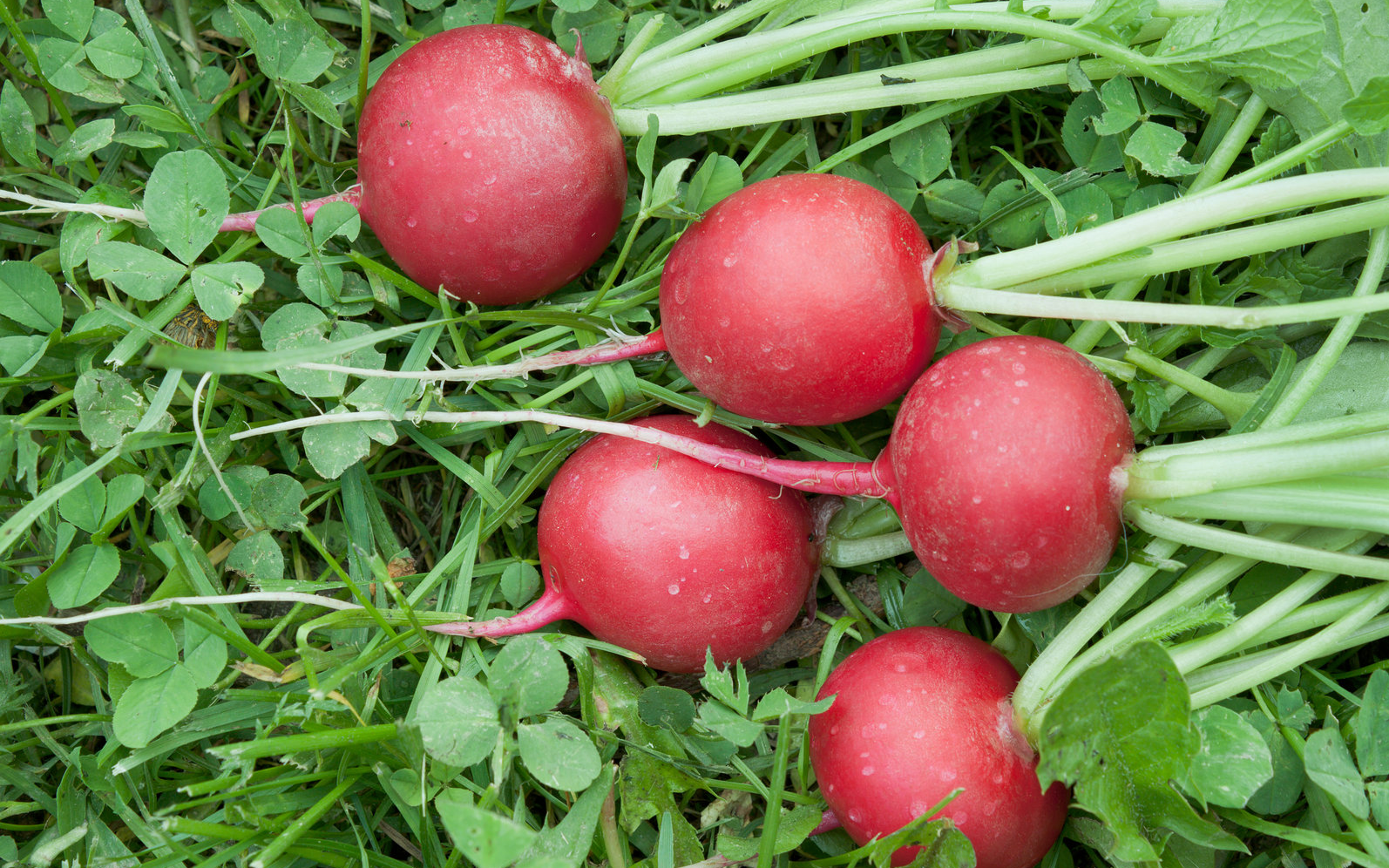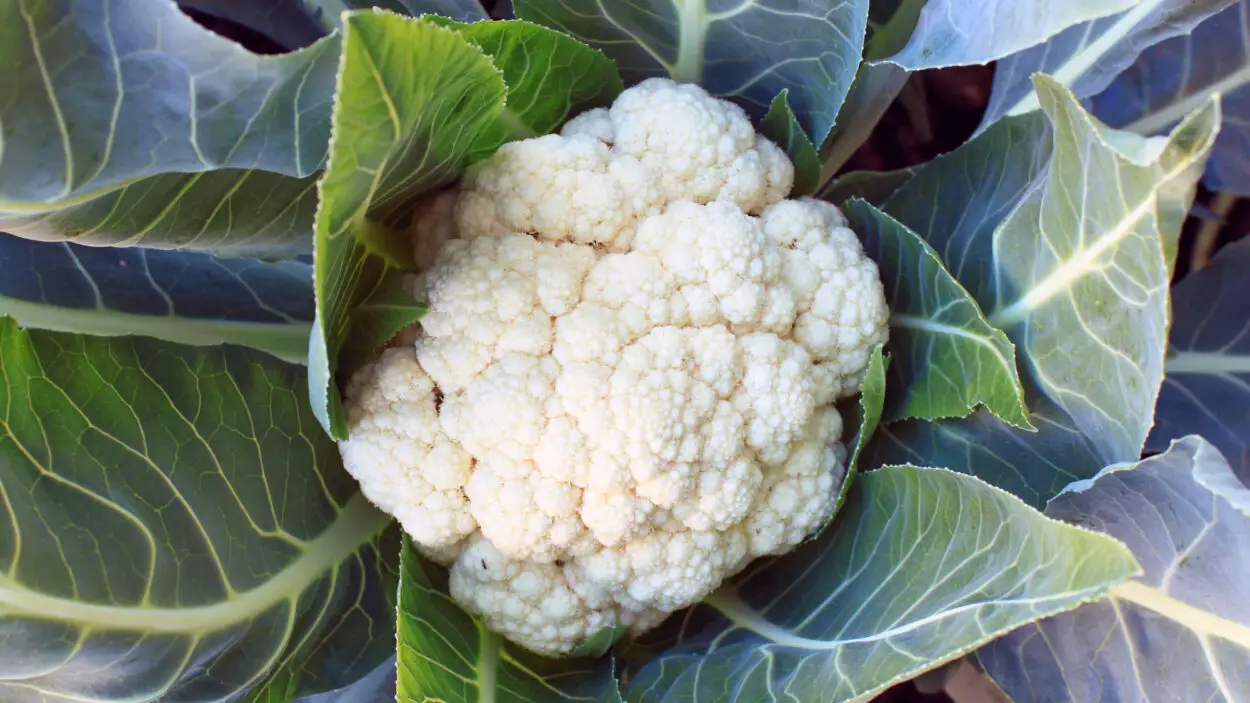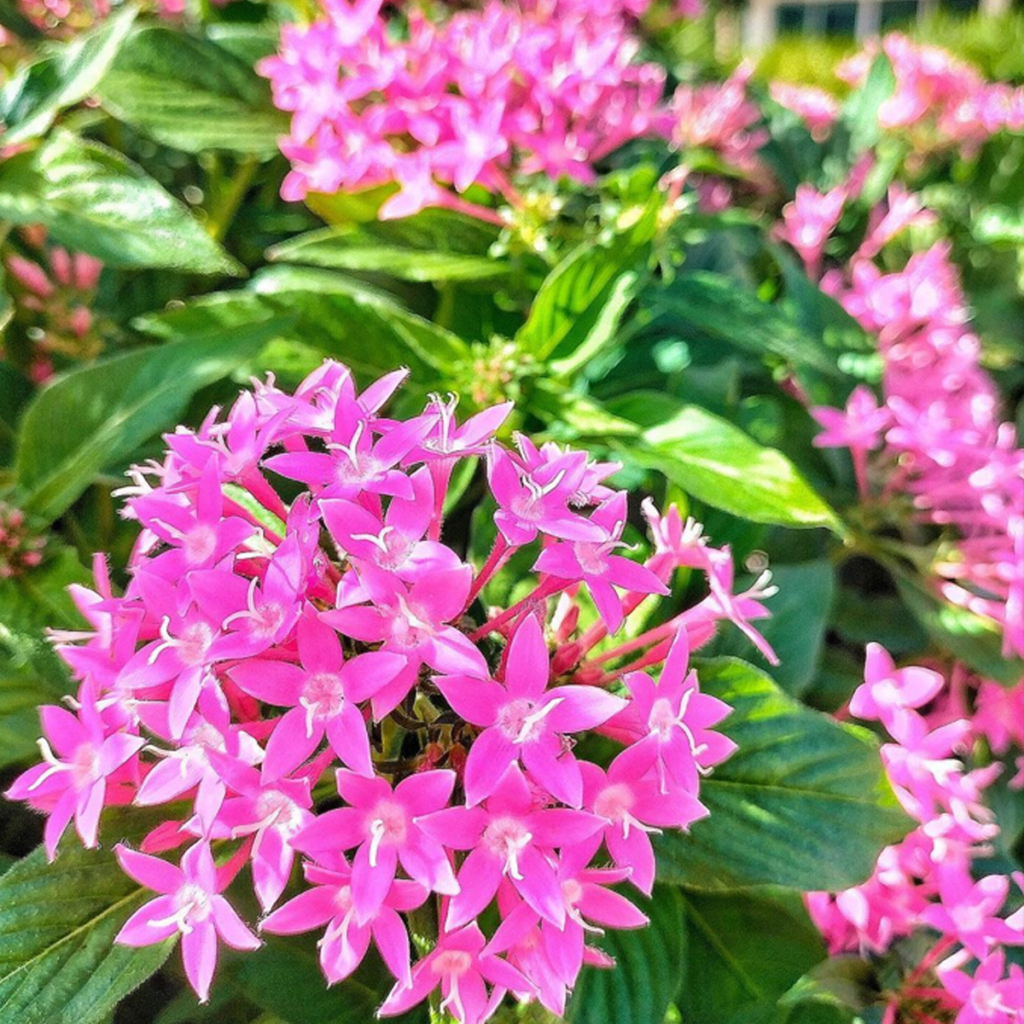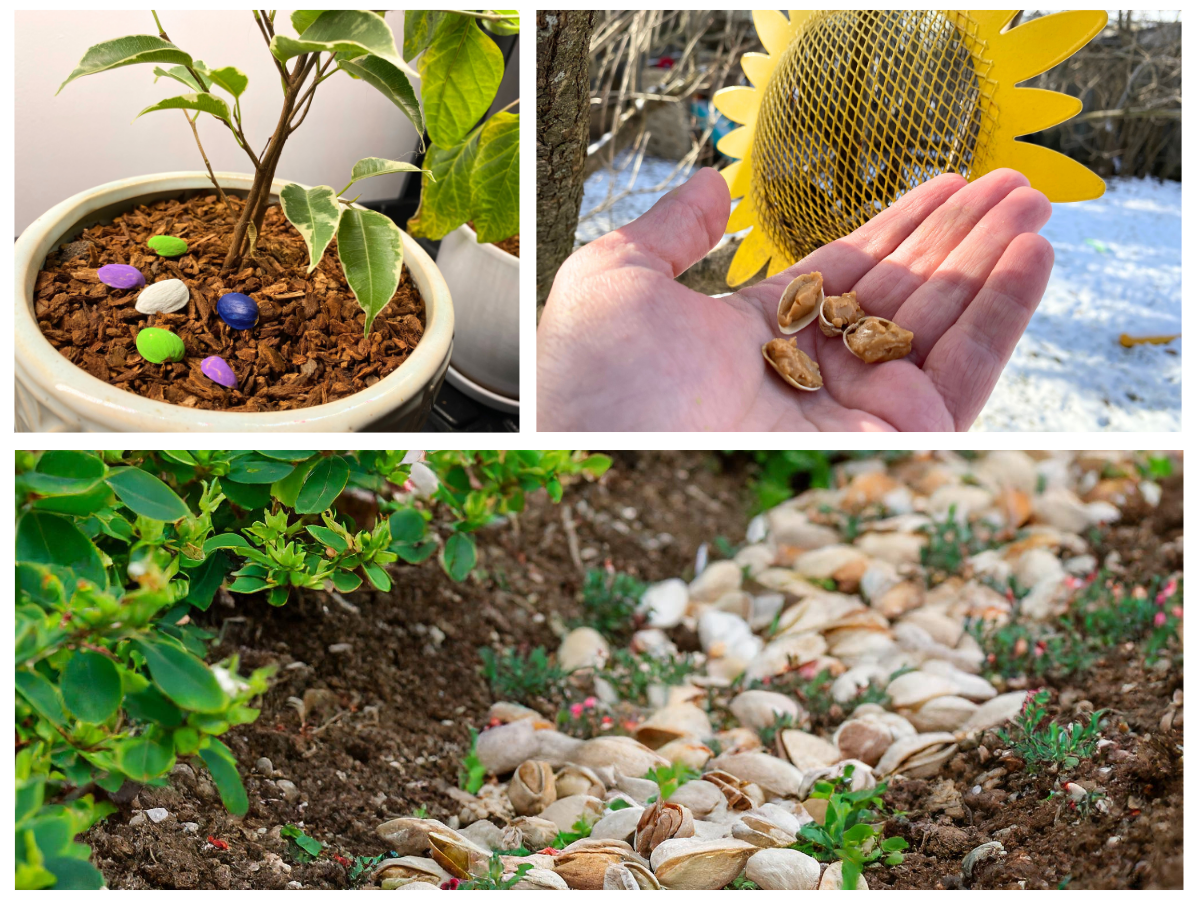12 Pollinator Flowers to Attract Honey Bees to Your Garden
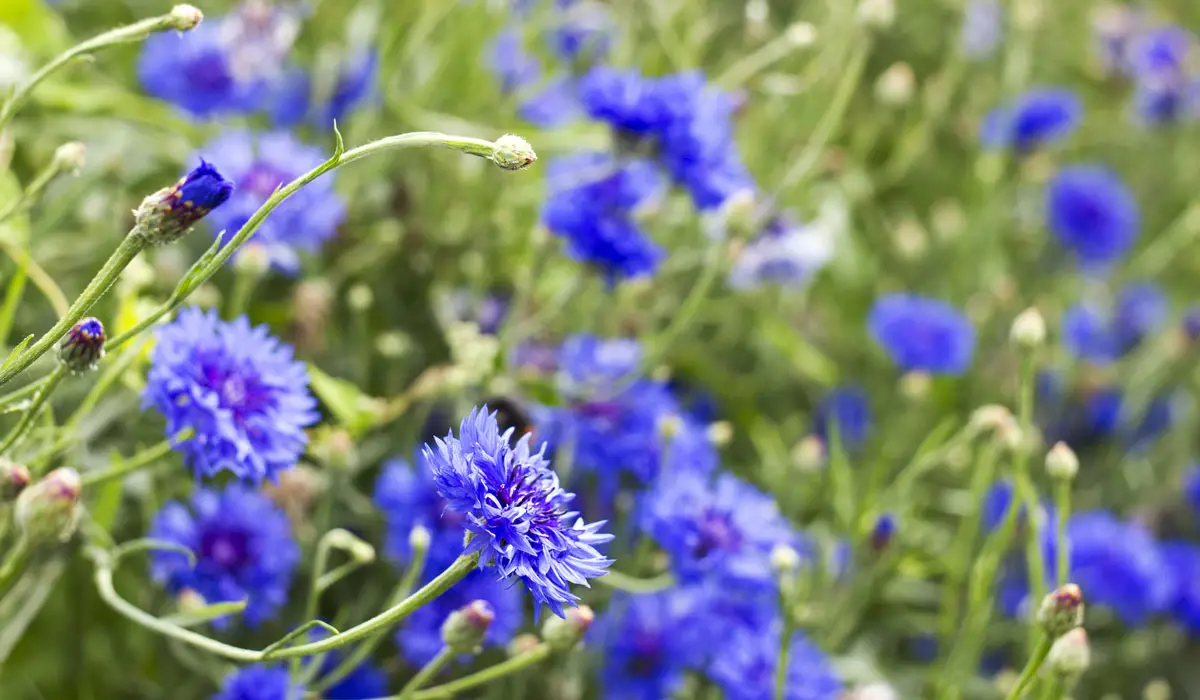
Hello, fellow plant lovers! If you’re anything like me (and since you’ve landed here, you probably are), then you know just how much time and care you take into growing your garden.
One way of helping it thrive is by planting flowers that are known to attract honey bees, butterflies, and other pollinators to your garden.

Not only does planting pollinator-friendly flowers help everything in your garden grow faster, but it helps support our ecosystem.
These flowers provide food, shelter, and other resources for honey bees and wildlife.
Whether you’re planting pretty pink flowers or purple flowering weeds, these are all the best honey-bee-friendly plants I recommended adding to your garden:
1. Perennial Salvia (Salvia officinalis)

Perennial salvia is more commonly known as garden sage. These Mediterranean plants often feature green leaves and stems with purple flowers.
Garden sage is not only beautiful to look at but is often used in cooking dishes.
If you’re interested in growing your own purple perennials, this plant is easy to grow and maintain with its full sun requirements and drought tolerance.
Here’s what you need to know about taking care of it:
| Botanical Name: | Salvia officinalis |
| Growth Rate: | 1-2’ tall, 2-3’wide |
| Native Range: | Northern Mediterranean |
| Hardiness Zones: | 4-10 |
| Dangers: | Non-toxic to humans, dogs, and cats, however, it can be unsafe if taken in large doses over a large amount of time |
| Soil Needs: | Moist but well-draining soil |
| Exposure: | Full sun |
| Ease of Care: | Low-maintenance |
| Diseases: | Root rot and wilt |
| Propagation: | Divide cuttings between spring and winter |
| Fertilizer: | While they do not require regular amounts of fertilizer, using aged-compost can help provide it with the nutrients it needs |
| Pests: | Slugs, spider mites, spittle bugs |
| Blooming Period: | Early summer |
| Pruning: | In the spring, cut stems back by half |
| Water needs: | Water once every 1-2 weeks. If top half in of soil is dry, time to water |
2. Lavender (Lavandula)

Who doesn’t love the sweet aroma of lavender?
This plant is a great addition to any garden with its purple flowers providing just the right touch of color you’re looking for.
These plants are easy to maintain, needing only minimal water and full sun exposure. Just keep this one out of the reach of your pets, as it can be toxic to both dogs and cats.
Check out the chart below for some helpful insight:
| Botanical Name: | Lavendula |
| Growth Rate: | 1-2’ tall and 1-2’ wide |
| Native Range: | Cape Verde, Canary Islands, Europe, Africa, Mediterranean, and India |
| Hardiness Zones: | 5-11 |
| Dangers: | Non-toxic to humans although may cause allergic reactions; toxic to dogs, cats, and horses |
| Soil Needs: | Dry, well-draining soil |
| Exposure: | Full sun |
| Ease of Care: | Low-maintenance |
| Diseases: | Root rot, crown rot, alfalfa mosaic virus, xylella, and shab, bortys |
| Propagation: | Divide cuttings during mid-to-late summer when the plant is actively growing |
| Fertilizer: | Apply a slow-release fertilizer once a year in the spring |
| Pests: | Spittlebugs, whiteflies, aphids, and four-lined plant bug |
| Blooming Period: | Summer |
| Pruning: | In late summer or fall, prune at least one-third of the growth |
| Water needs: | Water once a week until the flowers are harvested; if you’re not sure, wait until the first several inches of soil have dried out. |
3. Bee balm (Monarda didyma)

This beautiful red flower with a minty fragrance provides a pop of color to any garden it’s added to.
These plants can often be found along stream banks and moist, wooded areas. They’re non-toxic and easy to maintain.
It needs its soil watered between 6-8 inches deep every 7-10 days, especially during dry periods.
Here’s what you need to know about taking care of bee balm:
| Botanical Name: | Monarda didyma |
| Growth Rate: | 2-4’ tall and 2-3’ wide |
| Native Range: | Canada and the northern U.S. |
| Hardiness Zones: | 4-9 |
| Dangers: | Non-toxic |
| Soil Needs: | Prefers moist, well-draining soil |
| Exposure: | Full sun or partial sun |
| Ease of Care: | Low-maintenance |
| Diseases: | Powdery mildew and Erysiphe |
| Propagation: | Divide cuttings or take seeds in early spring |
| Fertilizer: | Apply a ½ cup of general, slow-release fertilizer in the spring |
| Pests: | Aphids, spider mites, thrips, and whiteflies |
| Blooming Period: | Mid-summer to fall |
| Pruning: | Cut it down to just above the soil in the fall or winter after it has died back. |
| Water needs: | Every 7 to 10 days; soak to a depth of 6 to 8 inches |
4. Joe-pye weed (Eutrochium purpureum)

This plant is more ornamental than anything else. Its vanilla-scented pinkish-purple flowers will easily attract honey bees to your garden.
It’s important to remember to be careful with the care of this one in regard to ongoing care. Not only does it need to be constantly moist, but it can also be toxic to anything that tries to eat it.
Check out this helpful care guide:
| Botanical Name: | Eutrochium purpureum |
| Growth Rate: | 5-7’ tall and 2-4” wide |
| Native Range: | Canada and the Eastern U.S. |
| Hardiness Zones: | 3-9 |
| Dangers: | Toxic to humans and dogs |
| Soil Needs: | Moist but well-draining soil |
| Exposure: | Full sun and partial sun |
| Ease of Care: | Low-maintenance |
| Diseases: | Powdery mildew |
| Propagation: | Sow seeds during the autumn season; divide plant in late spring |
| Fertilizer: | Use a slow-release fertilizer if you have poor soil |
| Pests: | None |
| Blooming Period: | August to September |
| Pruning: | In winter, cut foliage back to 4 to 8 inches above the ground |
| Water needs: | Evenly moist soil at all times. Don’t allow it to be dry for more than a few days at a time. |
5. Black-eyed Susan (Rudbeckia hirta)

Black-eyed Susan’s are known for their golden or orange colors with dark brown cones.
They’re a prairie plant that occupies the eastern United States. With their vibrant colors, they will easily brighten up a summer day when in bloom. Plus, they look like daisies!
These are easy to grow and will stand out in any garden.
Here’s everything you need to know about taking care of these flowers that look like daisies:
| Botanical Name: | Rudbeckia hirta |
| Growth Rate: | 1-3’ tall |
| Native Range: | Eastern U.S. |
| Hardiness Zones: | 3-9 |
| Dangers: | Non-toxic but can cause skin irritation |
| Soil Needs: | Moist, well-draining soil |
| Exposure: | Full sun |
| Ease of Care: | Low-maintenance |
| Diseases: | Downy mildew, powdery mildew, leaf spots, and stem rot |
| Propagation: | Divide plant in early spring as new growth emerges |
| Fertilizer: | Apply a slow-release fertilizer in the spring |
| Pests: | Leafhoppers, tarnished plant bug, lacebugs, thrips, and cucumber beetles |
| Blooming Period: | Summer |
| Pruning: | Pruning not required, but removing dead leaves and flowers in autumn and early spring will prolong its flowering period |
| Water needs: | Water if the top inch of soil is dry |
6. Borage (Borago officinalis)

Borage is identifiable by its beautiful blue flowers. In fact, this unique-looking flower stands out for its shape and color. It’s also a pretty low-maintenance flower that does well in the summer months, as long as it has access to rich, well-draining soil.
Eager to plant borage in your garden? Here’s how to take care of it:
| Botanical Name: | Borago officinalis |
| Growth Rate: | 1-3’ tall, 9” – 2’ wide |
| Native Range: | Mediterranean |
| Hardiness Zones: | 2-11 |
| Dangers: | Toxic |
| Soil Needs: | Well-draining soil |
| Exposure: | Full sun or partial sun |
| Ease of Care: | Low-maintenance |
| Diseases: | Leaf spots, powdery mildew, root rot, and stem rot |
| Propagation: | Sow seeds in late spring |
| Fertilizer: | Fertilizer is not required |
| Pests: | Snails and slugs |
| Blooming Period: | Summer |
| Pruning: | Cut back to half size in the middle of summer to encourage reblooming |
| Water needs: | Water at least every few days; nce mature, allow soil to dry in between waterings. |
7. Sunflower (Helianthus)

Who doesn’t love a classic sunflower? This stunning flower can grow up to 10’ tall and is always a fan favorite among gardeners because of how easy it is to grow and maintain.
Sunflowers do best when planted in moist, well-draining soil and have access to full sun. In terms of sun exposure, they do best when exposed to at least six hours of full sun per day.
There’s a reason why sunflowers are one of the most popular flowers available. Here’s everything you need to know about planting these in your garden:
| Botanical Name: | Helianthus |
| Growth Rate: | 3-10’ tall and 1-3’ wide |
| Native Range: | Dry areas in North America |
| Hardiness Zones: | 2-11 |
| Dangers: | Non-toxic, but can cause irritation to the skin |
| Soil Needs: | Moist, well-draining soil |
| Exposure: | Full sun |
| Ease of Care: | Low-maintenance |
| Diseases: | Rust, powdery mildew, leaf spots, and downy mildew |
| Propagation: | Use stem cuttings that are 4-6 inches long, remove leaves, and plant in soil to propagate any time that frost is no longer a threat |
| Fertilizer: | Apply a low-nitrogen 6-inches away from the stem in early summer |
| Pests: | Sunflower moth, weevils, stalk girdlers, and thistle caterpillars. |
| Blooming Period: | Late summer to early fall |
| Pruning: | Cut down by half twice a year. |
| Water needs: | Once a week until the top 6 inches of soil are moist |
8. Wallflower (Erysimum cheiri)

Wallflowers are the perfect addition to any rock garden. Commonly used as a garden border, they love rich, very well-draining soil.
A big benefit of planting these orange perennials is that they commonly attract bees and butterflies, which is perfect for pollinating your garden.
Here’s a helpful guide to taking care of these:
| Botanical Name: | Erysimum cheiri |
| Growth Rate: | 6-30” tall |
| Native Range: | Southern Europe |
| Hardiness Zones: | 7 |
| Dangers: | Toxic if ingested |
| Soil Needs: | Extremely well-draining soil |
| Exposure: | Full sun |
| Ease of Care: | Low-maintenance |
| Diseases: | Not applicable |
| Propagation: | Divide root cuttings in early spring |
| Fertilizer: | Not required or recommended; instead use compost |
| Pests: | Not applicable |
| Blooming Period: | Late spring to early summer |
| Pruning: | Trim the plant in early to late fall |
| Water needs: | Water when the soil has completely dried out |
9. Lenten Rose (Hellebores)

A Lenton Rose yields some of the prettiest flowers you’ll ever see! The blooms are usually a reddish-purple hue, but they can also be green, white, yellow, and blue.
The big benefit of planting lenten roses in your garden is that they tolerate different weather conditions, from being in total shade to being exposed to full sun.
“All parts of hellebores are toxic when ingested, so exercise caution and keep children and pets away…to prevent problems, wear gloves when handling this plant.”
Carolyn Black, a Master Gardener with PennState Extension School
This, along with their blooming period in the winter, makes them incredibly versatile.
Though it’s incredibly easy to grow and care for, it’s important that you take proper precautions when handling a Lenten Rose.
Here’s everything you need to know about the Lenten Rose:
| Botanical Name: | Hellebores |
| Growth Rate: | 12” tall and 24” wide |
| Native Range: | Asia and Europe |
| Hardiness Zones: | 4-5 |
| Dangers: | Toxic to both humans and animals; caused skin irritation when touched |
| Soil Needs: | Rich, organic soil |
| Exposure: | Full sun and full shade |
| Ease of Care: | Low-maintenance |
| Diseases: | Downy mildew, leaf spot, and Black Death |
| Propagation: | Divide plant in the fall before new leaves emerge |
| Fertilizer: | Apply fertilizer once a year, either in the fall before the ground freezes or in the spring after the blooms have died |
| Pests: | Slugs and hellebore aphids |
| Blooming Period: | Late fall – early spring |
| Pruning: | Prune in either late winter or early spring around the time of new growth |
| Water needs: | Apply 1” of water to plant per week; once plant is established, only water during prolonged dry spells |
10. Heather (Calluna vulgaris)

The Calluna Vulgaris, which is commonly named Heather, is a gorgeous, tall pinkish-purple plant that brings immediate attention to your garden.
In fact, they can grow up to 24” tall, making them a total showstopper.
Even though it can survive being planted in partial shade, your plant will bloom better when exposed to full sun.
Best of all, this works great as ground cover if you want to add a little personality to your lawn instead of just having grass.
Be careful of overwatering it, as it can lead to stem rot. Once the roots are established, Heather is very drought-tolerant.
Here’s a helpful care guide:
| Botanical Name: | Calluna vulgaris |
| Growth Rate: | 24” tall |
| Native Range: | Morocco, Turkey, and Siberia |
| Hardiness Zones: | 5-7 |
| Dangers: | Toxic if ingested |
| Soil Needs: | Well-draining soil |
| Exposure: | Partial shade and full sun |
| Ease of Care: | Low-maintenance |
| Diseases: | Stem rot |
| Propagation: | Divide cuttings in July or August |
| Fertilizer: | Add compost; if you want to fertilize, use an acidic fertilizer in either late spring or late winter |
| Pests: | Spider mites and scale |
| Blooming Period: | Late summer |
| Pruning: | Cut back every spring |
| Water needs: | Water 1-2 times a week until roots are established; then the plant becomes drought-tolerant |
11. Zinnia (Zinnia elegans)

Zinnia adds the perfect pop of color to your garden! Coming in pink, red, and yellow, these flowers don’t really require a ton of maintenance outside of regular pruning.
It’s recommended that you trim your zinnia in early summer. If possible, try to prune as early in the day as possible to avoid doing so when the sun is at its brightest.
Also, when it comes to water, be mindful of overwatering. If this gets too much water, it will fall victim to root rot.
Here’s everything you need to know about these flowers that bloom all summer:
| Botanical Name: | Zinnia elegans |
| Growth Rate: | Up to 18” tall |
| Native Range: | Mexico, Central America, and the Southwestern United States |
| Hardiness Zones: | 2-11 |
| Dangers: | Non-toxic |
| Soil Needs: | Rich, well-draining soil that has a lot of organic matter |
| Exposure: | Full sun |
| Ease of Care: | Low-maintenance |
| Diseases: | Erysiphe cichoracearum and powdery mildew |
| Propagation: | Divide after your plant has developed at least 8” of stem |
| Fertilizer: | Apply a high phosphorous-based fertilize every month |
| Pests: | Whiteflies, aphids, and spider mites |
| Blooming Period: | Late spring through early fall |
| Pruning: | Prune during early summer |
| Water needs: | Apply water so soil approx. 8” down is moist |
12. Bachelor’s Button (Centaurea cyanus)

Bachelor’s button, also commonly known as cornflower is a bright blue flower that is simply gorgeous to look at!
Best of all, they’re also relatively easy to care for, only needing pruning when the blossoms start wilting and only needing water when the top layer of soil is dry.
Be mindful of how much you’re watering this plant, though, because too much can lead to root rot. Here’s an overview of how to care for this eye-catching plant:
| Botanical Name: | Centaurea cyanus |
| Growth Rate: | 1-3’ tall and up to 2’ wide |
| Native Range: | Central America |
| Hardiness Zones: | 3-8 |
| Dangers: | Non-toxic |
| Soil Needs: | Well-draining, sandy soil |
| Exposure: | Full sun |
| Ease of Care: | Low-maintenance |
| Diseases: | Fungus and downy mildew |
| Propagation: | Divide in early spring before the last frost of the season |
| Fertilizer: | Not required |
| Pests: | Brachycaudus helichrysi and aphids |
| Blooming Period: | Early summer to late fall |
| Pruning: | Prune anytime the flowers start wilting |
| Water needs: | Water when the top layer of soil is dry |
Final Thoughts
All of the plants mentioned here are great at attracting honey bees and other pollinators to your garden, who can help transfer pollen from plant to plant. This helps your whole garden thrive!
With this care guide, you can choose the best pollinator plants and keep them thriving all year round.

